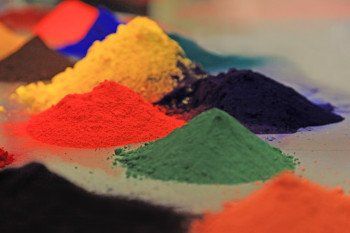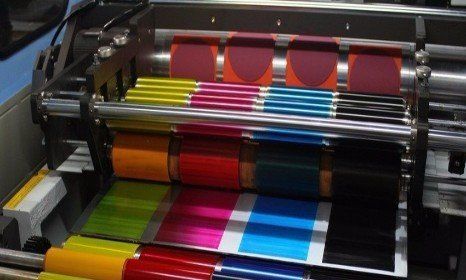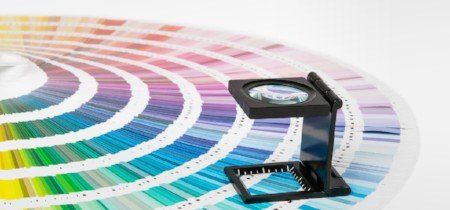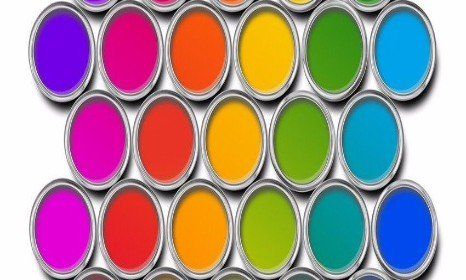An introduction to paint production
- By Centre Colours
- •
- 04 Oct, 2018
- •
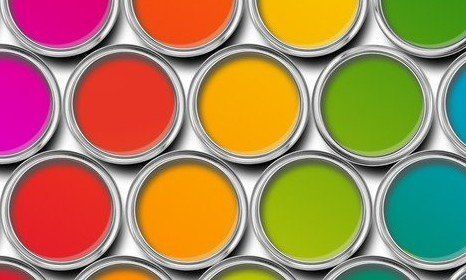
From children finger painting at primary school to builders refurbishing huge buildings, examples of paint and the way it’s used are everywhere we look. It’s an extremely versatile product with many decorative and practical qualities that are used all over the world.
Forget the expression, “it’s like watching paint dry.” Paint is a fascinating solution with an amazing production process. There’s really nothing disinteresting about it!
What is paint?
Everyone uses paint from time to time, but it’s fair to say that few people truly know what it is. Although paint is applied in liquid form, it dries as a solid product, making it a difficult solution to categorise. It is often used to add colour to walls, cars and other goods, but can also be used to protect surfaces from damage.
Evidence of paint-like solutions in caves and rock formations suggest that people have been painting and decorating for more than 100,000 years. Early paint solutions may have been made with egg yolk, water and oil, and coloured with charcoal, plant dye and soil. Today, paint is produced with resin, solvent, pigment and a combination of additives.
The paint production process
Paint production is a complex process which requires a series of chemical reactions to be successful. Each ingredient has its own uses, as we describe here:
Resin - Resin is the “glue” of the paint. It’s used to bind the rest of the components together and give the paint its adhesive qualities.
Solvent - The solvent acts as a “carrier” for the other components. As the paint dries, the solvent evaporates and the solution becomes solid.
Additives - To make a paint more user-friendly, additives are incorporated to implement a number of helpful qualities. These may include quick-drying properties and a resistance to cracks and scuffs.
Pigment - The pigment gives the paint its colour. It can also be used to regulate the gloss of the paint, which is important for decorative purposes.
Pigment dispersion is a critical step in the paint production process, as the pigments must be weighed accurately and mixed carefully to ensure a professional finish. If the pigments aren’t dispersed effectively, they won’t combine properly with the other components to achieve the desired colour or sheen.
Once the pigments have been dispersed, they are combined with resin, solvents and additives to create the paint solution. The end result is then tested for colour, gloss and viscosity, before being tweaked in a laboratory if necessary.
Centre Colours: Your choice for bespoke pigment dispersions
We’re an independent dispersion house dedicated to producing bespoke pigment dispersions to the highest possible standard. We recognise just how important the process is to creating high-strength colours for ink and paint products, and understand exactly what it takes to achieve a first-rate result.
Whether you need a completely bespoke pigment dispersion or you’d like us to improve an existing formula, we have the commitment and the expertise to deliver fantastic results. For more information, please don’t hesitate to get in touch with Centre Colours today.





